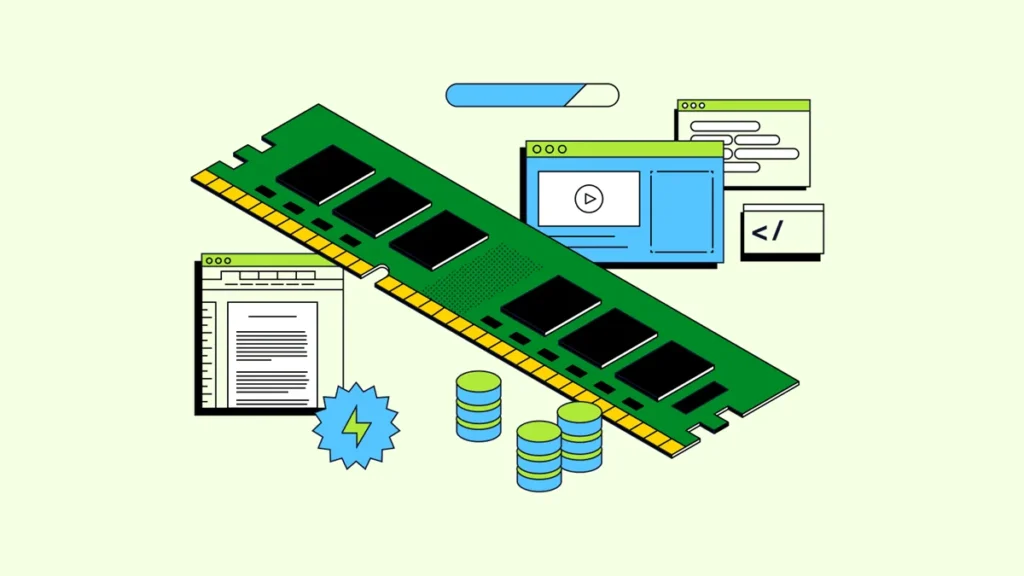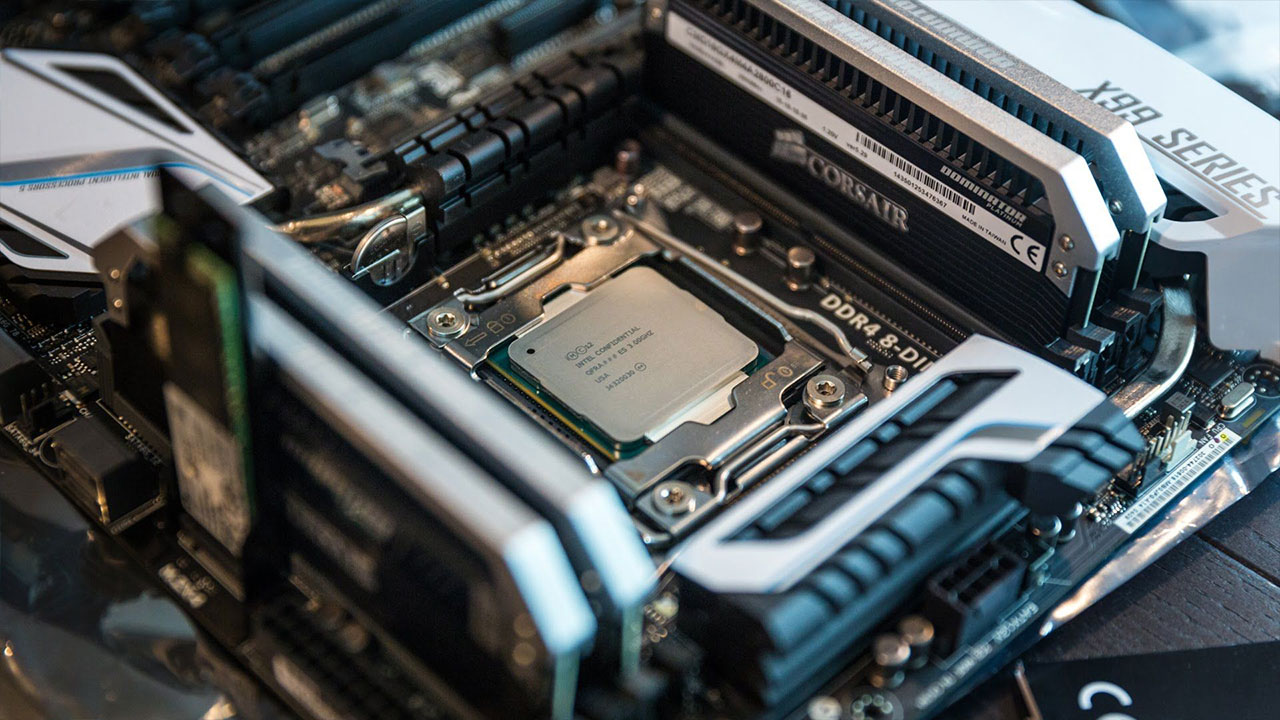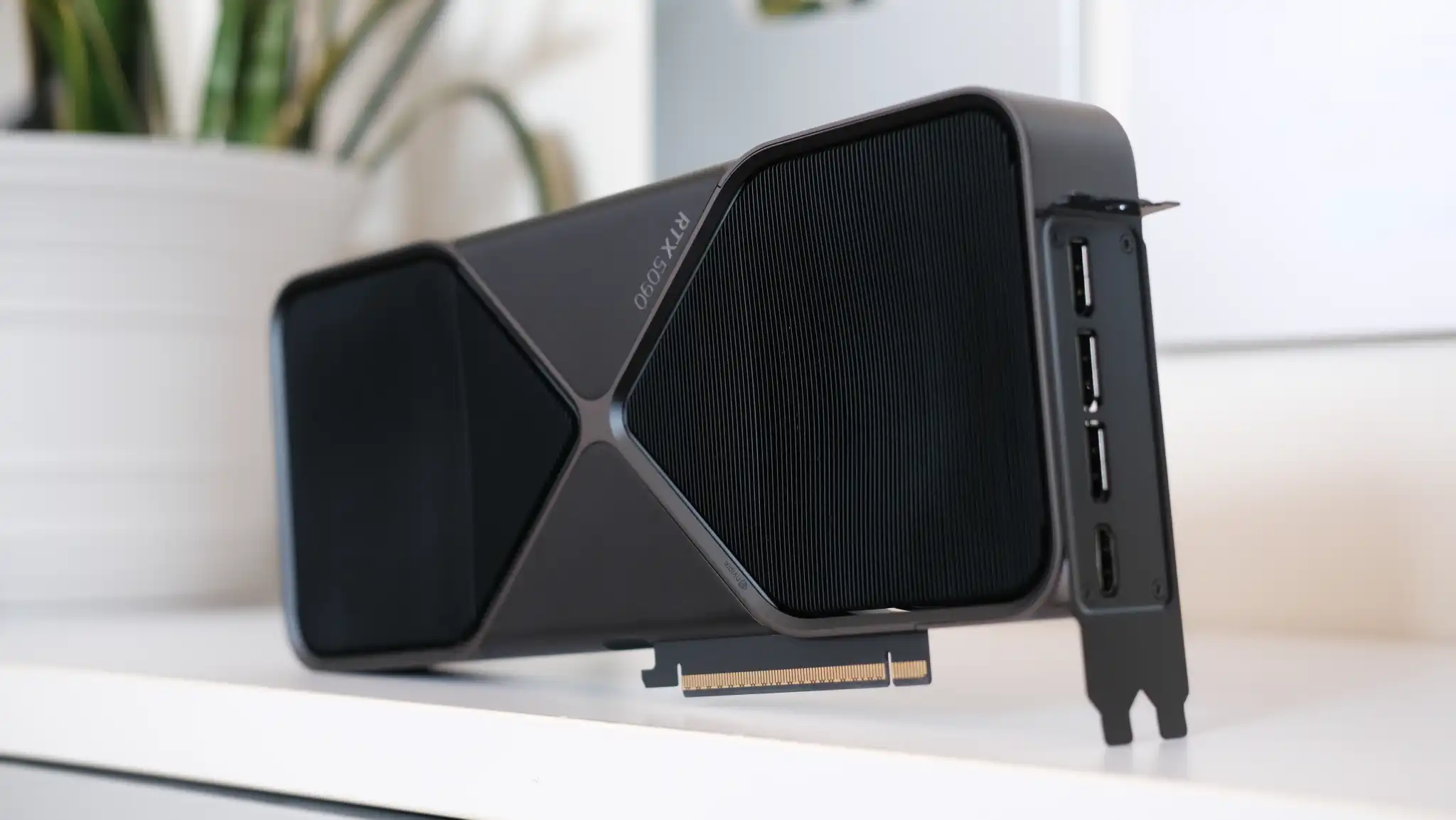
When delving into the world of personal computing, understanding the intricate components within your machine becomes paramount. Among the crucial hardware elements like the CPU and GPU, RAM stands as a cornerstone of any desktop PC or laptop. But just how long can you expect the memory modules (DIMMs) and their integrated circuits (ICs) to endure in practical terms? Let’s explore further.
Determining the lifespan of RAM modules is not an exact science, as it hinges on several variables. However, modern memory modules generally exhibit a high level of durability, capable of serving reliably for numerous years. Various factors contribute to their longevity:
Firstly, usage and load exert a significant influence. Whether the RAM operates under typical conditions or undergoes stress from demanding applications and frequent read/write cycles or extreme loads plays a crucial role in its longevity.
Additionally, the quality of components, especially the memory ICs, plays a pivotal role in determining RAM lifespan. Modules from reputable manufacturers boasting high-quality production techniques and reliable components tend to endure longer. Well-regarded manufacturers include G.Skill, Crucial, Corsair, Kingston, TeamGroup, and ADATA.
Moreover, effective temperature management is vital, as excessive heat can adversely affect electronic components. While active cooling of modules is often unnecessary, ensuring proper system cooling and ventilation is essential to maximize RAM lifespan.
Furthermore, protection against overvoltage is critical to shield RAM from damage caused by sudden current spikes, known as “peaks.”
Manufacturer’s specifications also offer valuable insights into RAM lifespan, with technical specifications often containing information on estimated service life or supported read/write cycles. While these specifications provide guidance, practical use by private users ultimately determines real-world longevity.
In practice, memory modules can function for many years, even decades, without impairment, with regular backups recommended to mitigate hardware problems. Tangible specifications, such as read/write cycles and MTBF (Mean Time Between Failures), offer indicators of RAM lifespan. DDR4 or DDR5 memory typically supports several tens of thousands to several hundred thousand read/write cycles per cell, with MTBF averaging between 100,000 and 200,000 operating hours.
For users seeking to extend RAM lifespan, adherence to manufacturer recommendations is key. Utilizing modules and memory chips from reputable manufacturers, observing prescribed voltage and clock frequency limits, and maintaining optimal operating temperatures contribute to prolonged RAM longevity.




